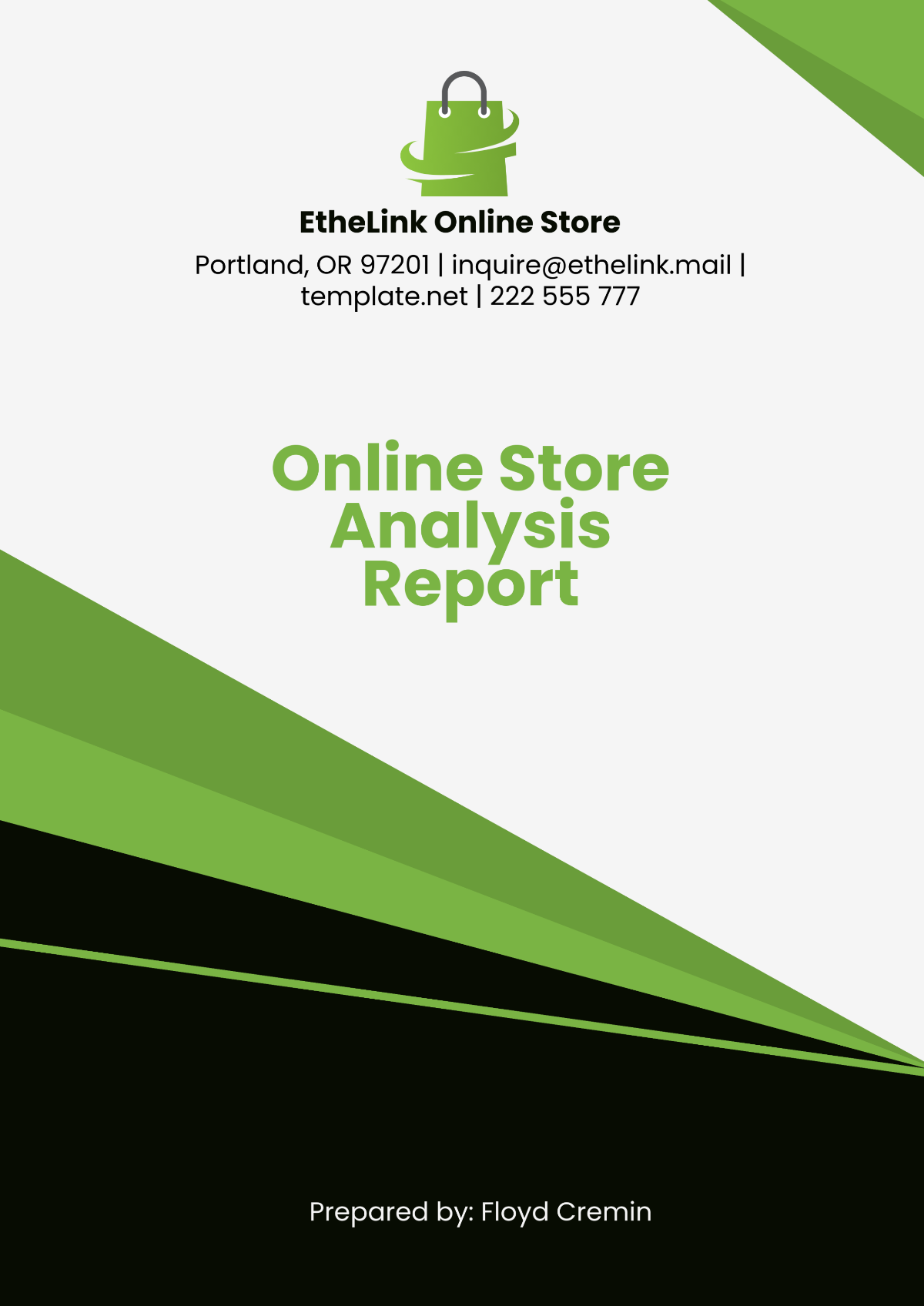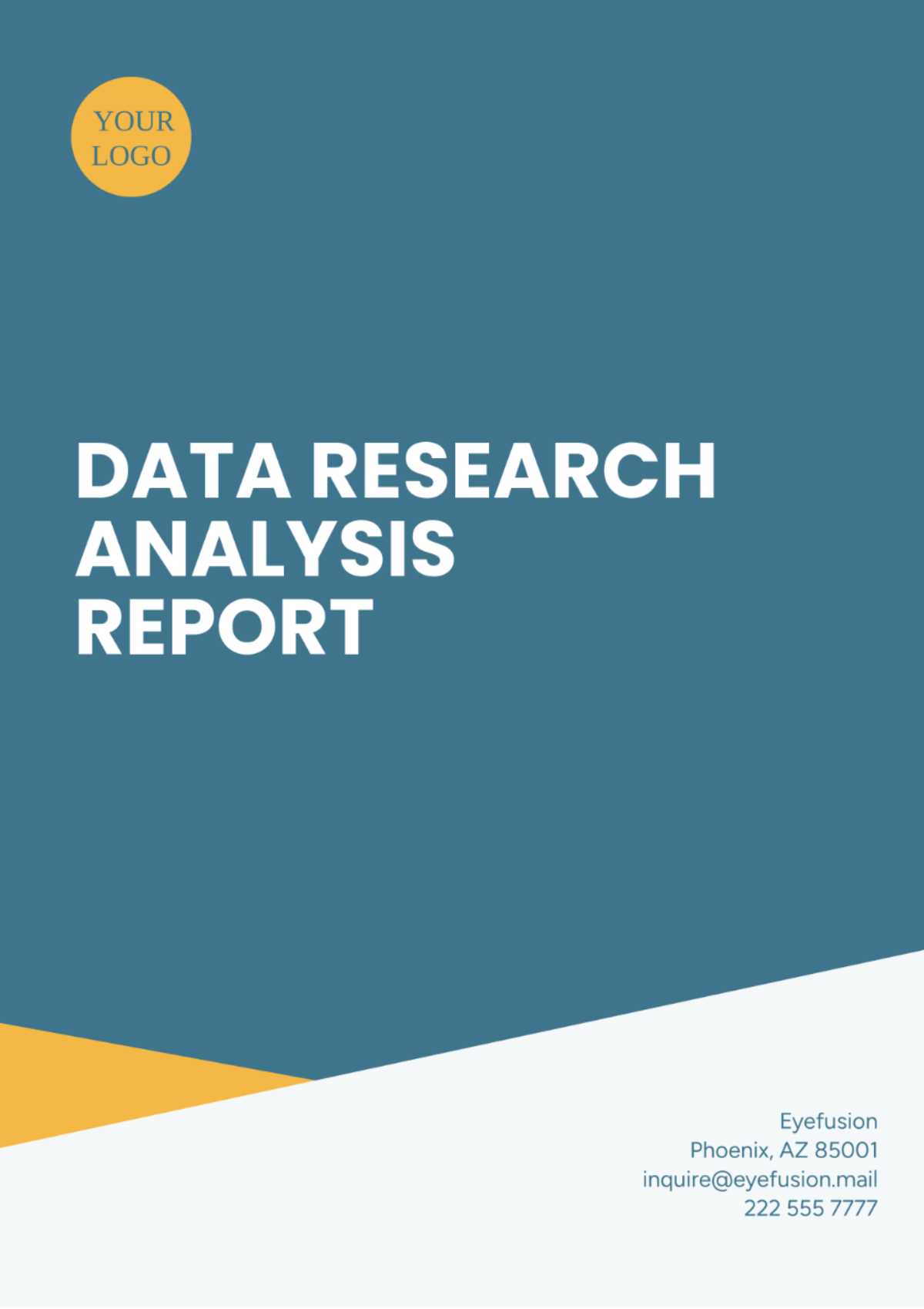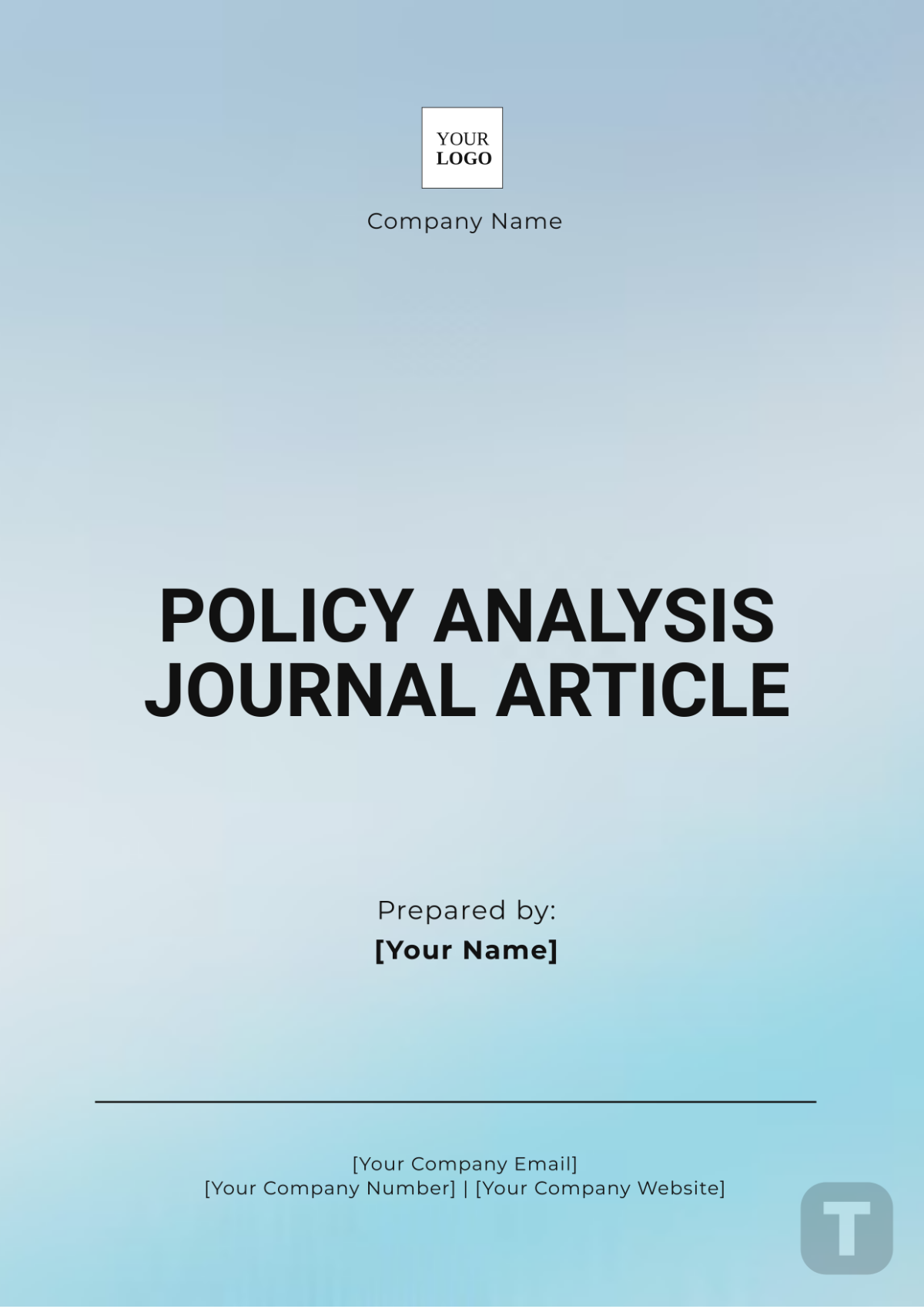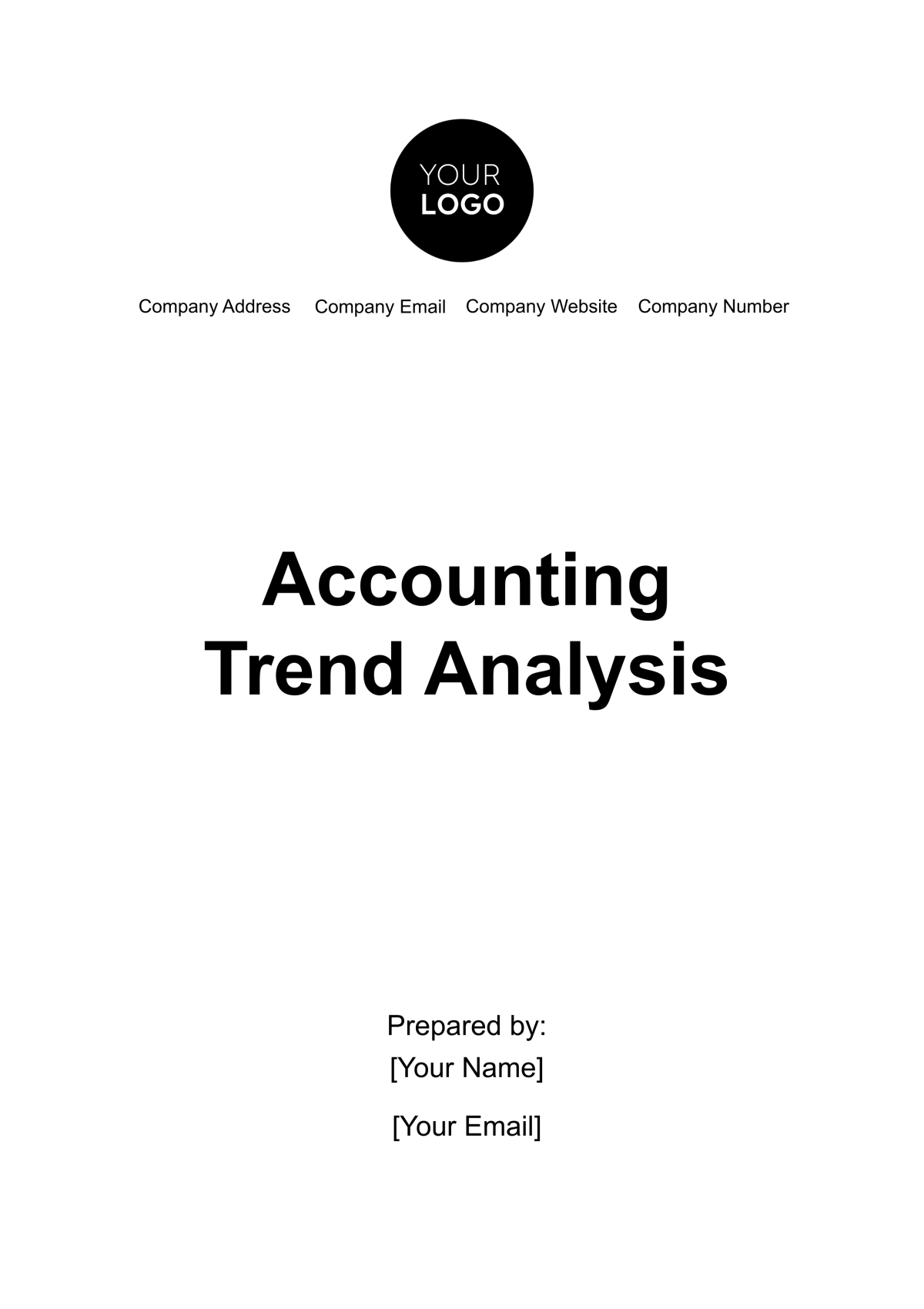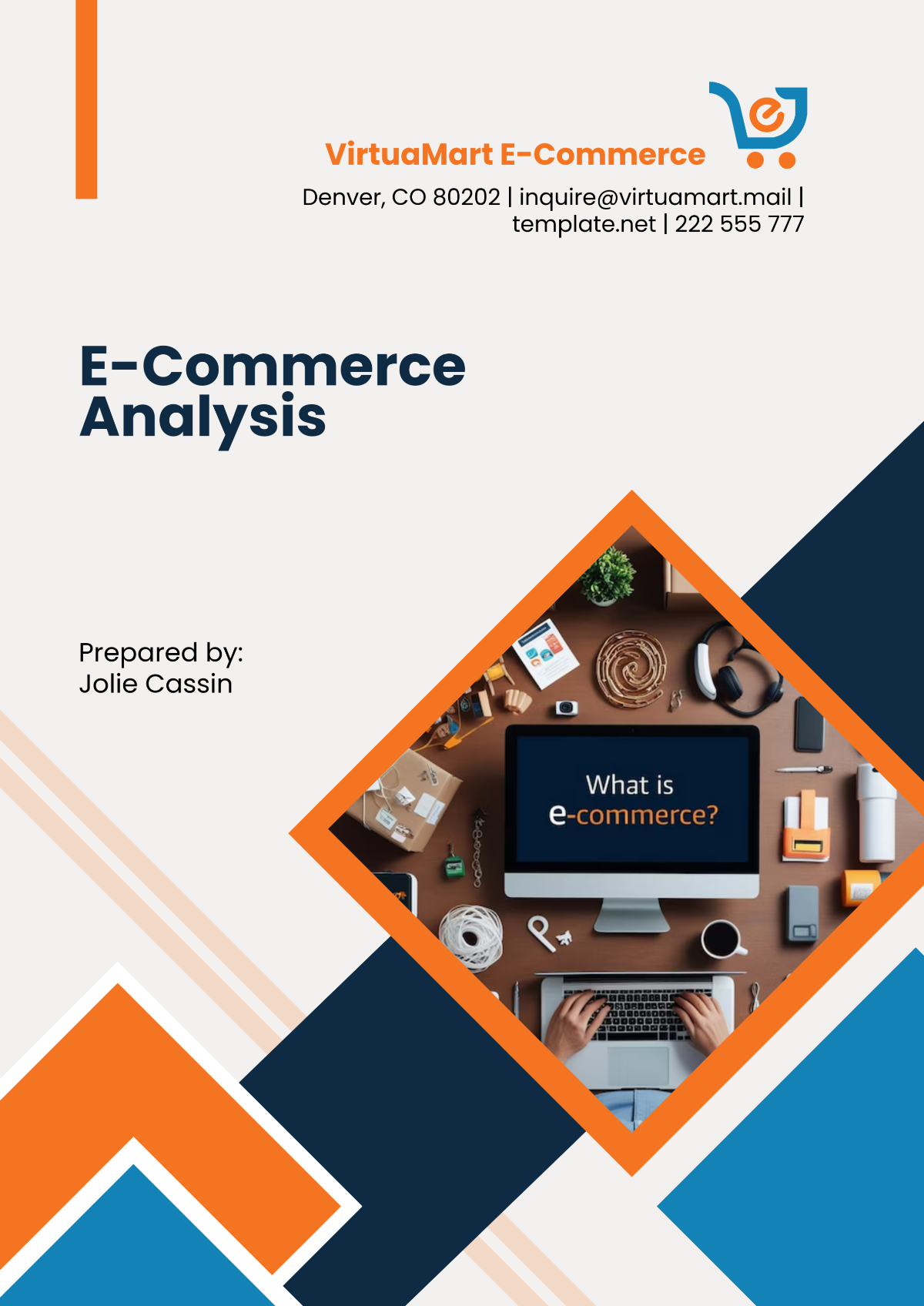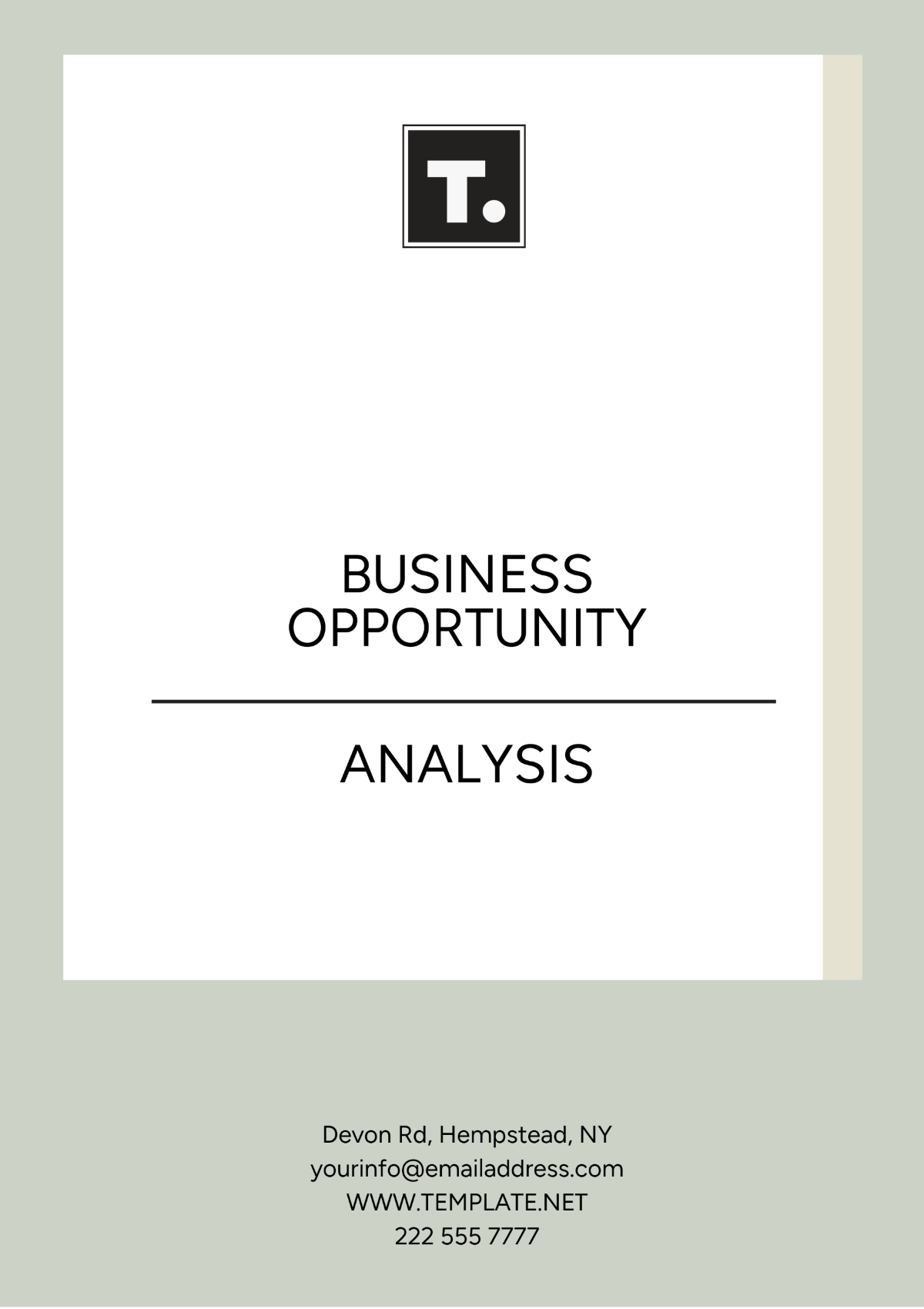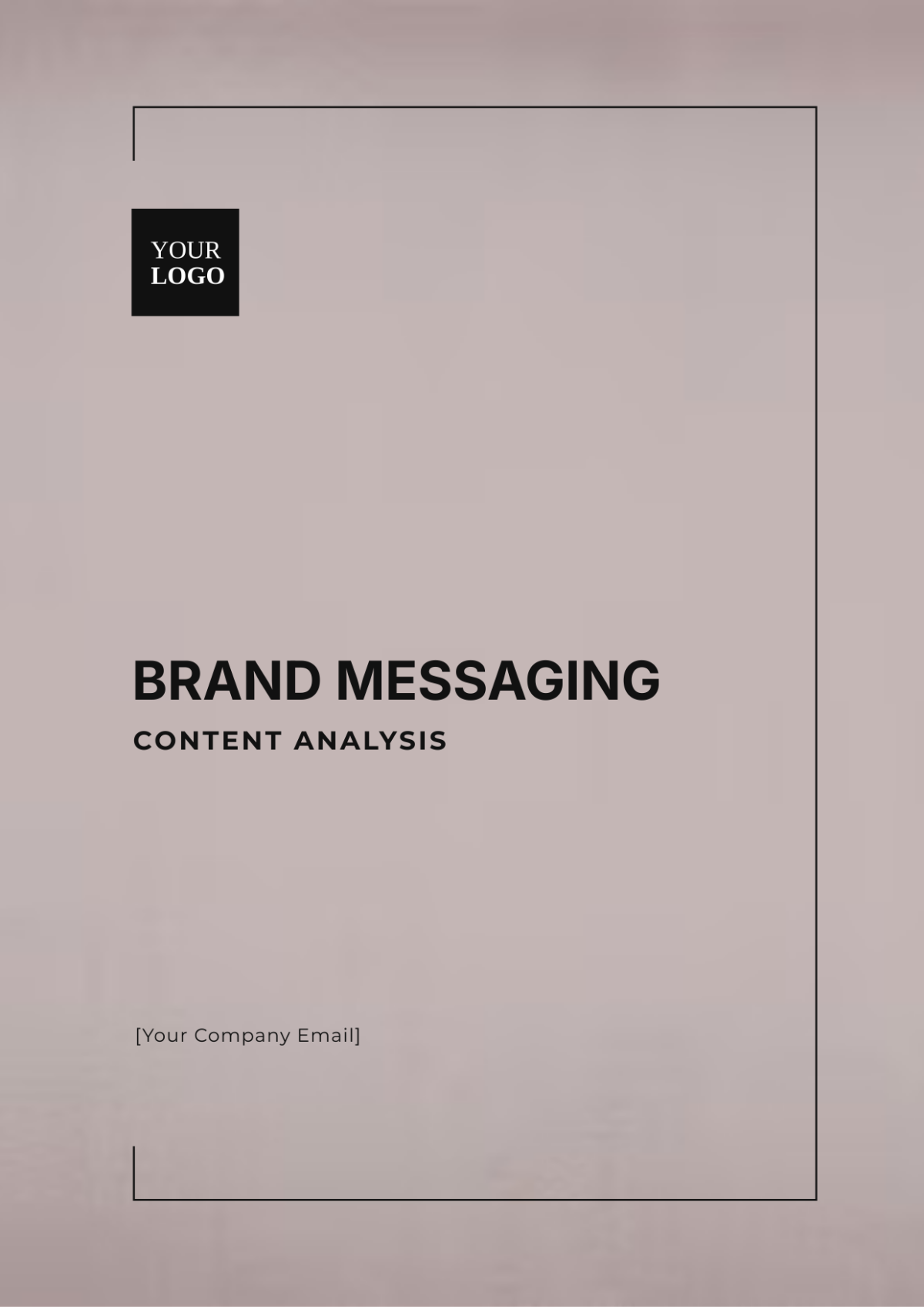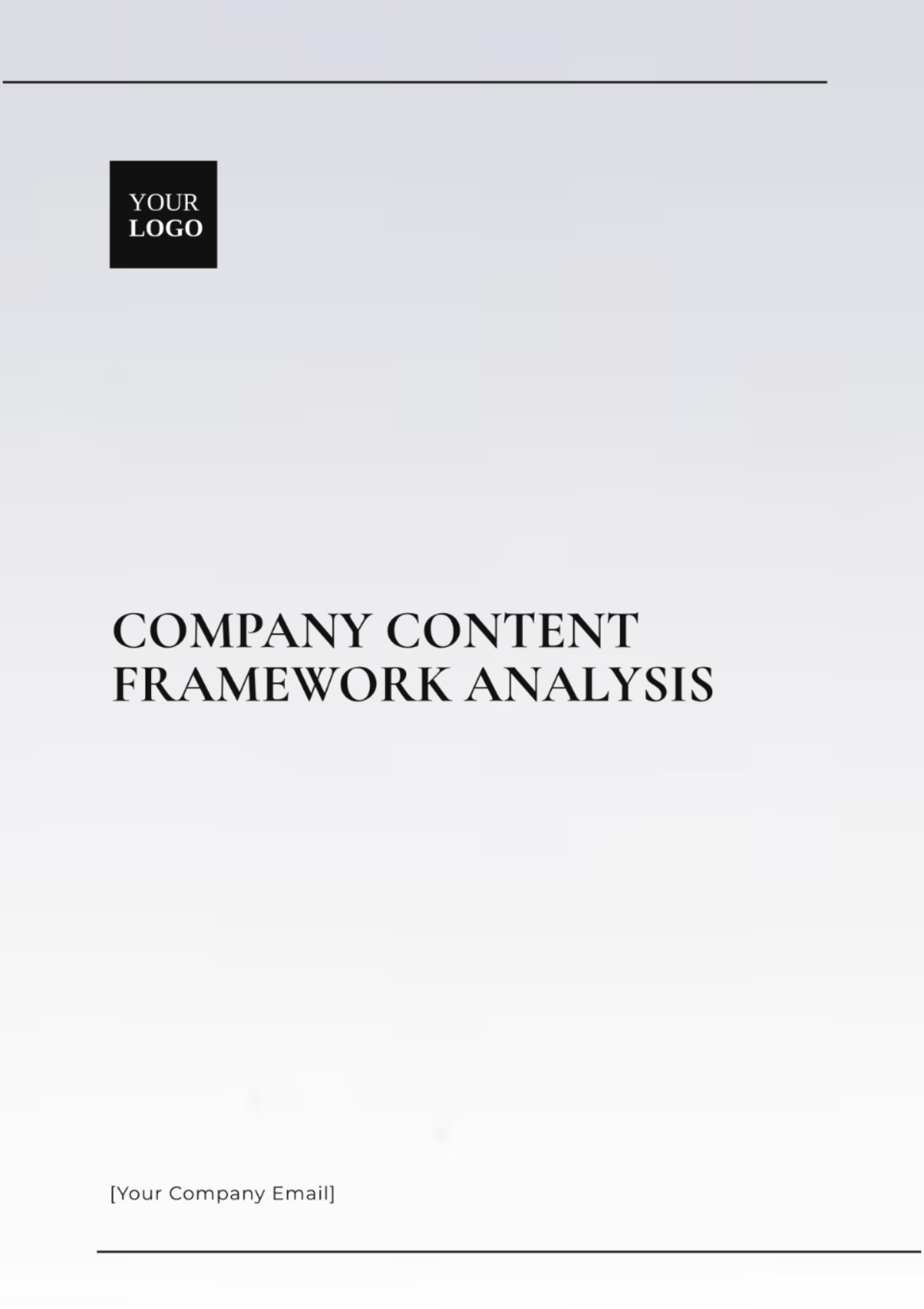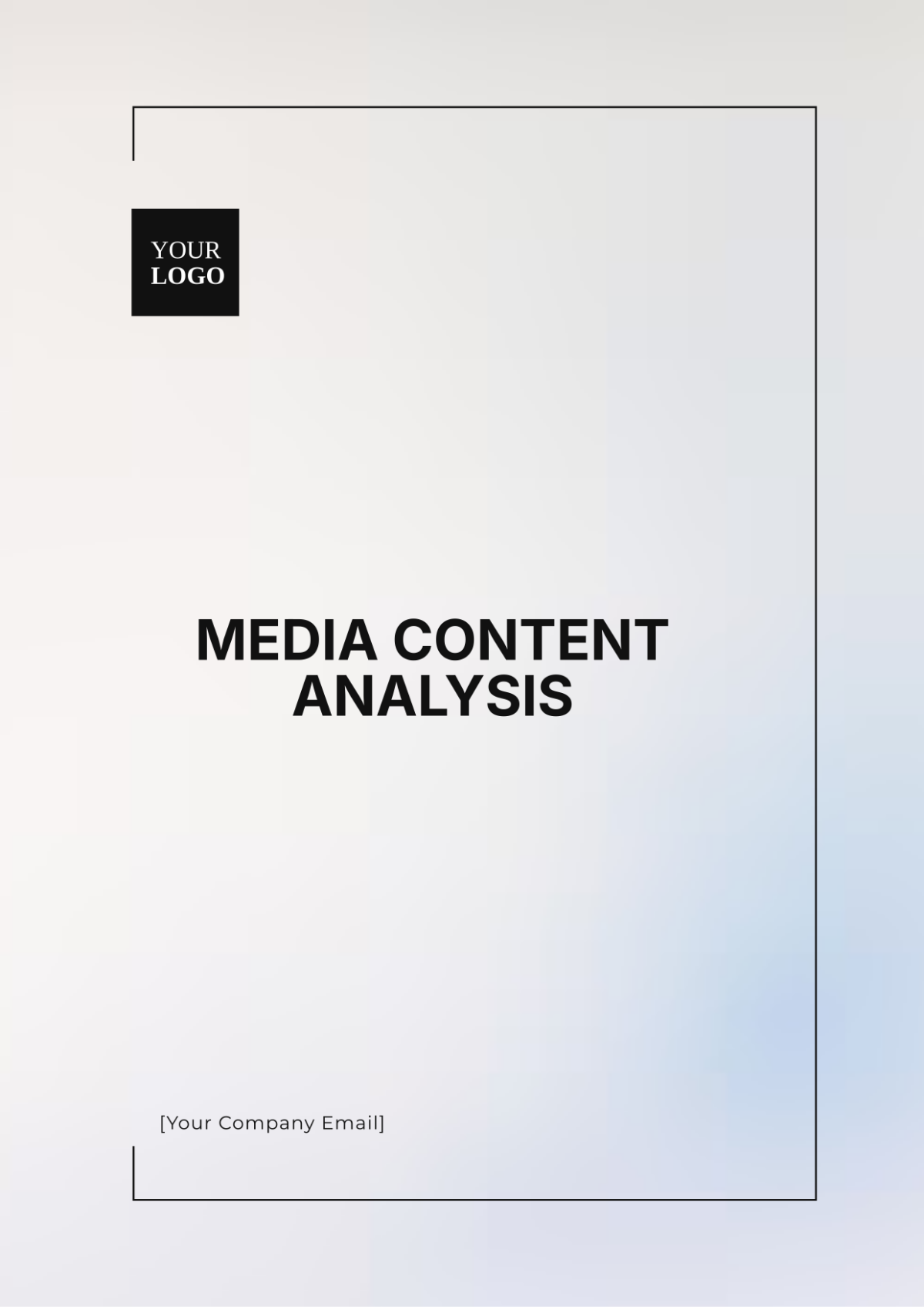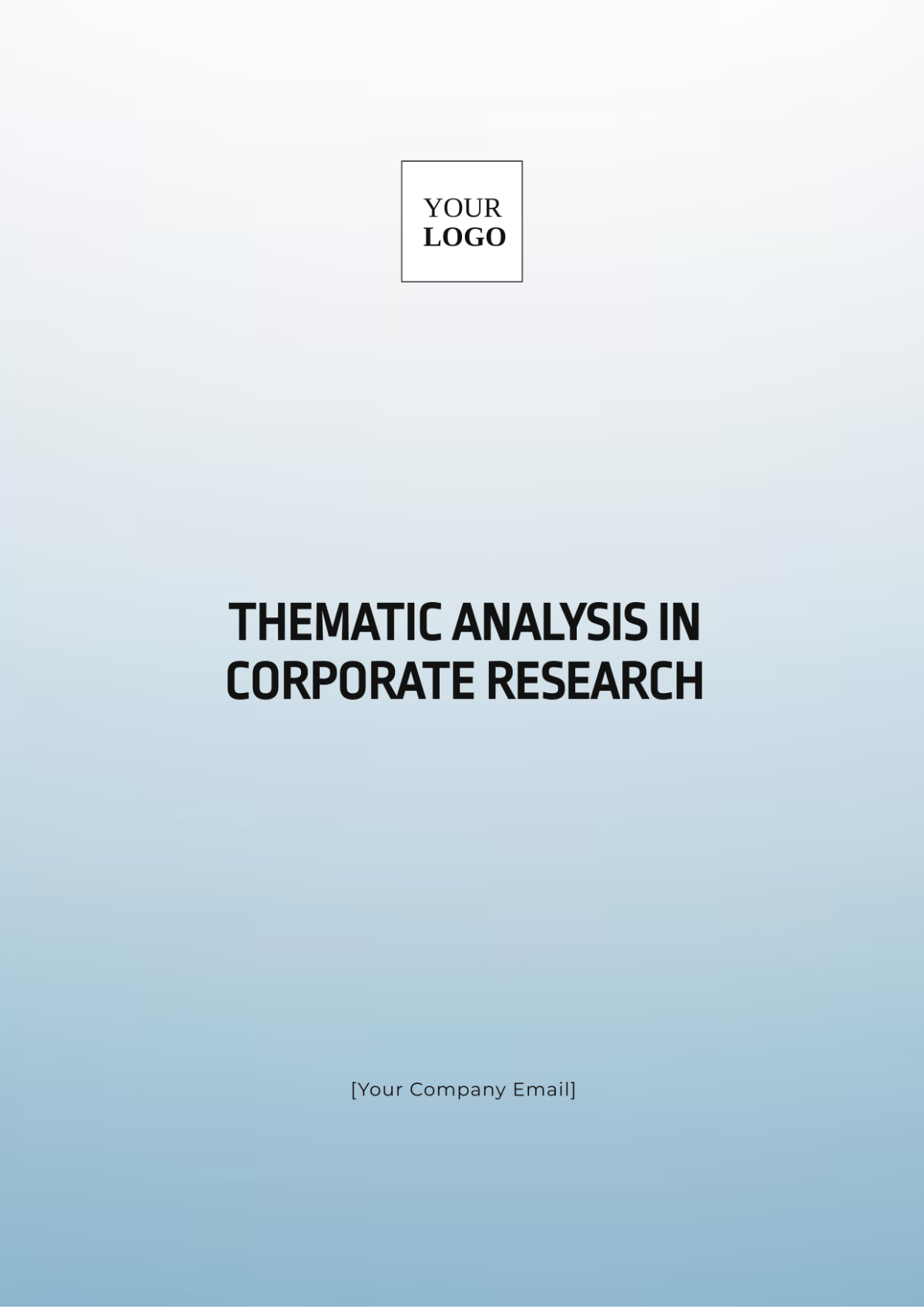COMPETITIVE PRICING ANALYSIS
I. Executive Summary
This section provides a concise overview of the competitive pricing analysis conducted for [Your Company Name]. It highlights key findings and strategic recommendations aimed at optimizing pricing strategies for enhanced competitiveness and profitability.
II. Objectives of the Pricing Analysis
Identifying Competitor Pricing Strategies:
Analyze the pricing strategies of key competitors, including Company A, Company B, and Company C, within the industry.
Evaluate the effectiveness of their pricing models in capturing market share and customer segments.
Exploring Pricing Trends and Patterns:
Identify pricing trends such as promotional offers, dynamic pricing, and seasonal discounts prevalent in the market.
Analyze pricing patterns to uncover opportunities for price optimization and strategic adjustments.
III. Methodology
This analysis employed a comprehensive methodology, including:
Data collection from competitor websites, industry reports, and market intelligence sources.
Comparative analysis of pricing structures, discount strategies, and value-added services offered by competitors.
Surveys and interviews with industry experts, consumers, and stakeholders to gather insights into pricing perceptions and market trends.
IV. Competitive Landscape Analysis
A. Key Competitors Overview
Company | Market Share | Key Products |
|---|---|---|
Company A | 30% | Product X, Product Y, Product Z |
Company B | 20% | Product L, Product M, Product N |
Company C | 25% | Product G, Product H, Product I |
B. Pricing Strategies Evaluation
Company A employs dynamic pricing strategies based on demand fluctuations.
Company B focuses on value-based pricing, emphasizing product differentiation and premium features.
Company C utilizes promotional pricing during seasonal periods to drive sales.
V. Price Comparison and Analysis
Conducted a detailed price comparison across [Your Company Name]'s product lines and those of competitors.
Utilized comparative charts and graphs to visualize pricing differentials and identify competitive advantages or pricing gaps.
VI. Consumer Insights
Gathered consumer feedback through surveys and focus groups to understand pricing perceptions, value for money, and brand loyalty.
Identified consumer preferences, price sensitivity, and willingness to pay for products/services.
VII. Strategic Recommendations
Based on the analysis, the following strategic recommendations are proposed:
Product-Specific Pricing Optimization:
Review pricing strategy for Product A to align with competitive offerings and maximize profitability.
Introduce bundle offers and cross-selling strategies to enhance value proposition and customer retention.
Dynamic Pricing Implementation:
Implement dynamic pricing mechanisms based on market demand and competitor pricing dynamics.
Utilize data analytics to forecast pricing trends and adjust prices in real time for optimal revenue generation.
Promotional Campaigns and Loyalty Programs:
Launch targeted promotional campaigns during peak seasons to capitalize on market opportunities.
Introduce a loyalty program to reward repeat customers and foster long-term relationships.
VIII. Implementation Plan and Monitoring
Develop a structured implementation plan with defined timelines, responsible stakeholders, and key performance indicators (KPIs) to track pricing strategy effectiveness.
Implement regular monitoring and evaluation processes to assess the impact of pricing adjustments on market share, revenue, and customer satisfaction.
IX. Conclusion
In conclusion, this Competitive Pricing Analysis underscores the critical need for adaptive pricing strategies in a competitive market landscape. The insights gained highlight the importance of continuous monitoring and refinement of pricing strategies to stay ahead of competitors and meet evolving customer expectations. By implementing the recommended strategies, such as product-specific pricing optimization and dynamic pricing mechanisms, [Your Company Name] can enhance competitiveness, improve customer value perception, and drive sustainable growth in the market.
X. Contact Information
For further inquiries or collaboration opportunities, please contact:
Prepared by: [Your Name]
Position: [Your Position]
Email: [Your Email]
Phone: [Your Phone Number]



